Celebrating Plants and People
-
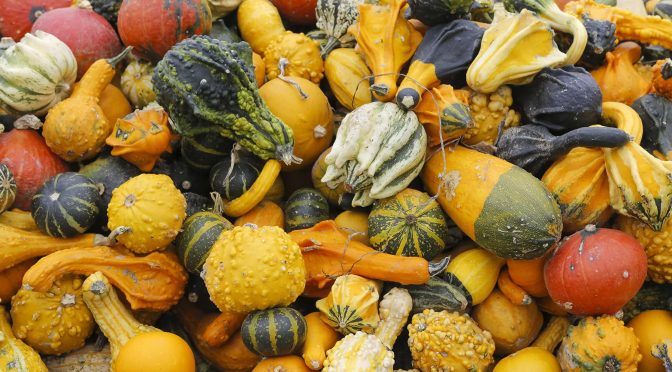
Toxic Squash Syndrome: Who Knew?
Although it’s rare, other cases of cucurbit poisoning have been described in the medical literature; in those cases, people developed food poisoning after eating bitter-tasting squash, zucchini and other gourds, according to the new report. But these are the first two reported cases linking the consumption of bitter-tasting gourds with hair loss (Click on title…
-
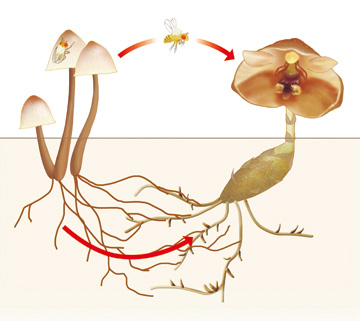
Newly Discovered Orchid Strategy: Let Mushrooms Do The Work
The non-photosynthesizing orchid species Gastrodia pubilabiata mimics rotting mushrooms or fermented fruit, and is pollinated by fruit flies who mistakenly lay their eggs in its flowers. If there are rotting mushrooms near the orchid, its pollination rate increases. As well as using mushrooms to attract insect pollinators, G. pubilabiata survives by absorbing nutrients from the…
-
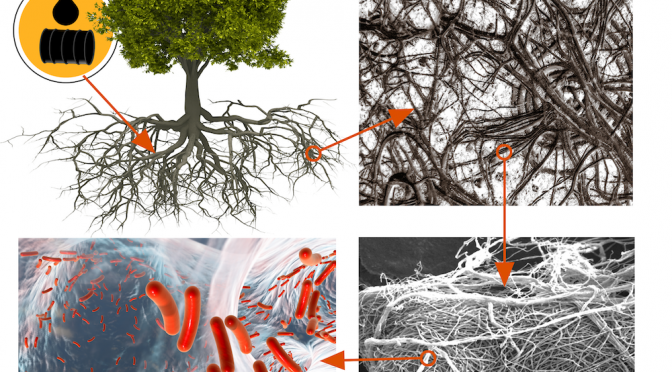
Not By Trees Alone: It Takes An Underground Ecosystem To Clean Polluted Sites
Using advanced techniques for analyzing the simultaneous expression of genes from multiple organisms in an ecosystem, the scientists examined the roots of willows grown on a polluted site in suburban Montreal. They found that complex interactions among a range of ectomycorrhizal fungi — which form symbiotic sheaths around the roots of plants — and certain…
-
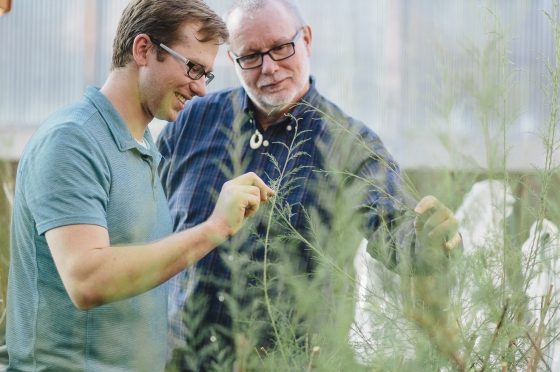
Tantalizing Beetle Fragrance Hastens The Destruction Of Invasive Shrub
By attaching small dollops of a waxy, putty-like substance containing the pheromone, the researchers found that they could more than double the number of tamarisk beetles congregating on the bushes, which often doubled the die-back of the plants as the beetles consumed the leaves and twigs. (Click on title for full story.)
-
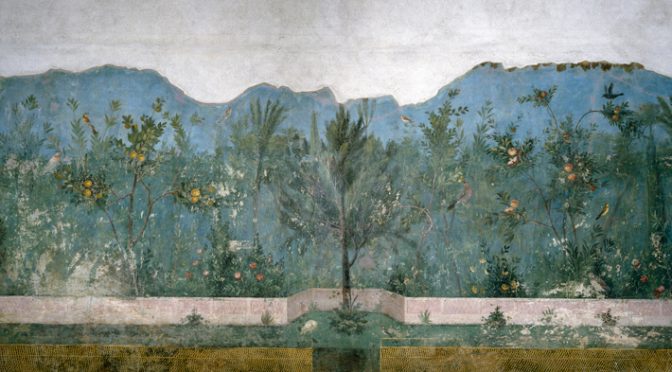
Rediscovering Ancient Gardens And Why Our Ancestors Created Them
Beginning in the mid-twentieth century, archaeologists started to apply the full range of methods available to identifying and understanding ancient gardens. As technology has evolved, researchers have not only been able to discover where gardens were located and, generally, what they were used for, but also to determine which individual plants were cultivated and how…
-
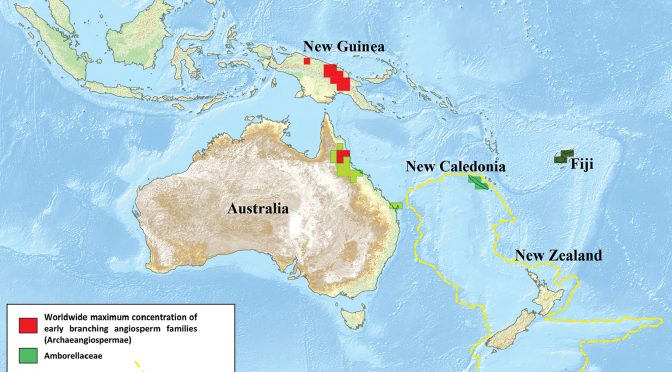
Did Flowering Plants First Appear On An Ancient Continent Now Gone?
The recent recognition of Zealandia, a 94% submerged continent in the east of Australia, could explain the discrepancy between molecular clocks and fossil records about the age of angiosperms, supporting the old Darwinian hypothesis of a “lost continent” to explain the “abominable mystery” regarding the origin and rapid radiation of flowering plants. (Click on title…
-

Plants Manipulate Their Soil Microbiome For Their Own Benefit
By controlling the types of microbes that thrive around their roots, plants could be trying to protect themselves from less friendly pathogens while promoting other microbes that stimulate nutrient supply. (Click on title for full story.)
-

96 percent Of Central African Forests At Risk If Elephant Poaching Continues
These changes will occur because elephants are ecological engineers that help create and maintain forest habitat by dispersing seeds, recycling and spreading nutrients, and clearing understories, (Click on title for full story.)
-
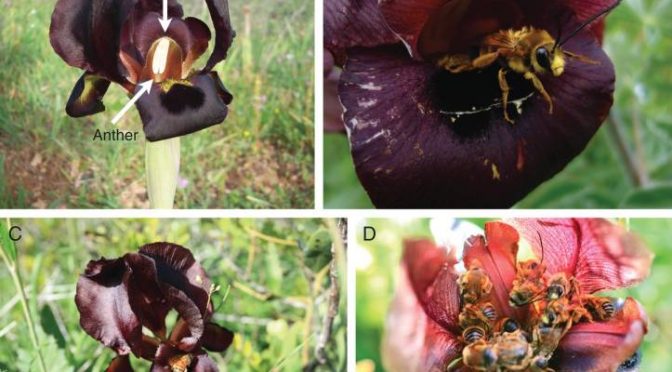
When Honey Bees Are Bad For Pollination And Bad For Other Bee Species
Even though overall, both bee taxa were equally effective pollinators, we suggest that honey-bees not only have the potential to reduce the amount of pollen available for plant reproduction, they also have the potential to reduce the amount of resources available to solitary bee communities. The results of this study have potential implications for the…
-

Understanding The Future By Looking Backward At Ancient Plants
“Our new approach to quantifying ancient atmospheric moisture content relies on the fundamental properties of plant leaves, and how they alter their protective waxy coverings in response to water stress. These leaf waxes are tough and resistant, and are regularly found as what we call biomarker compounds in ancient river, lake and even marine sediments.”…
